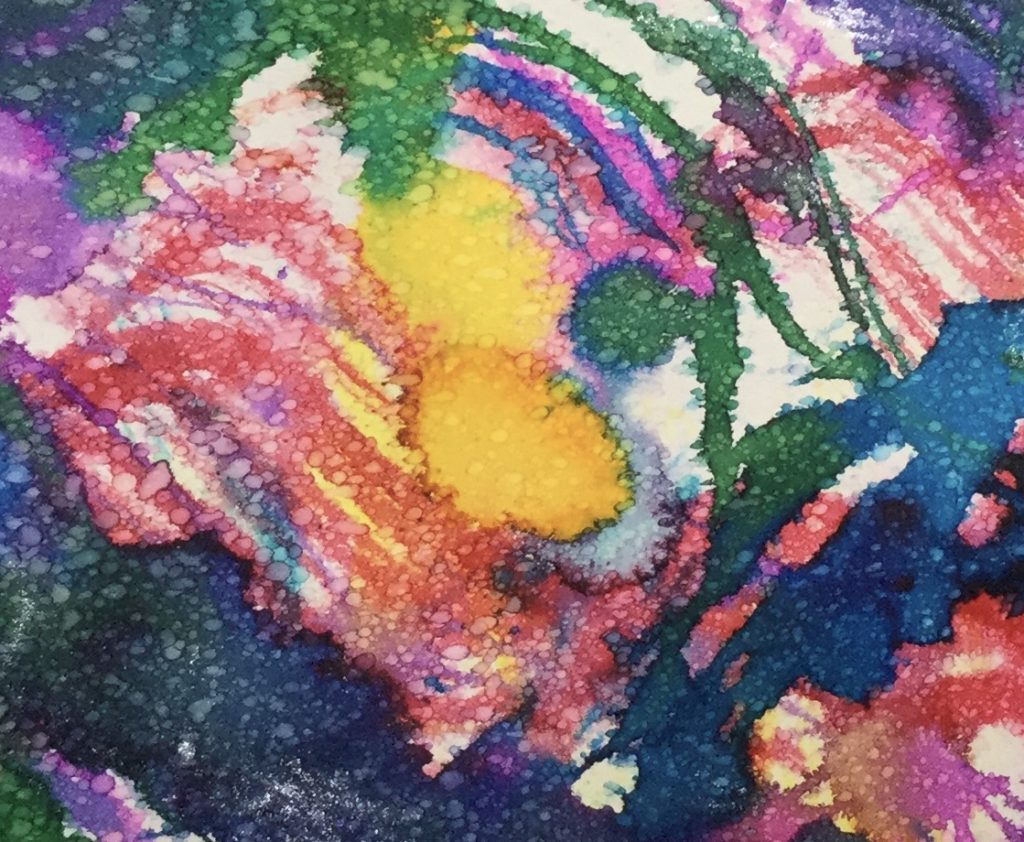
Want to know the special ingredient for this technique? It’s not salt! You can find out the details next month if you’re signed up for email updates!
ANSWER TO MYSTERY TECHNIQUE #94:
Here are the materials I used to turn a painting on paper into a three-dimensional object:
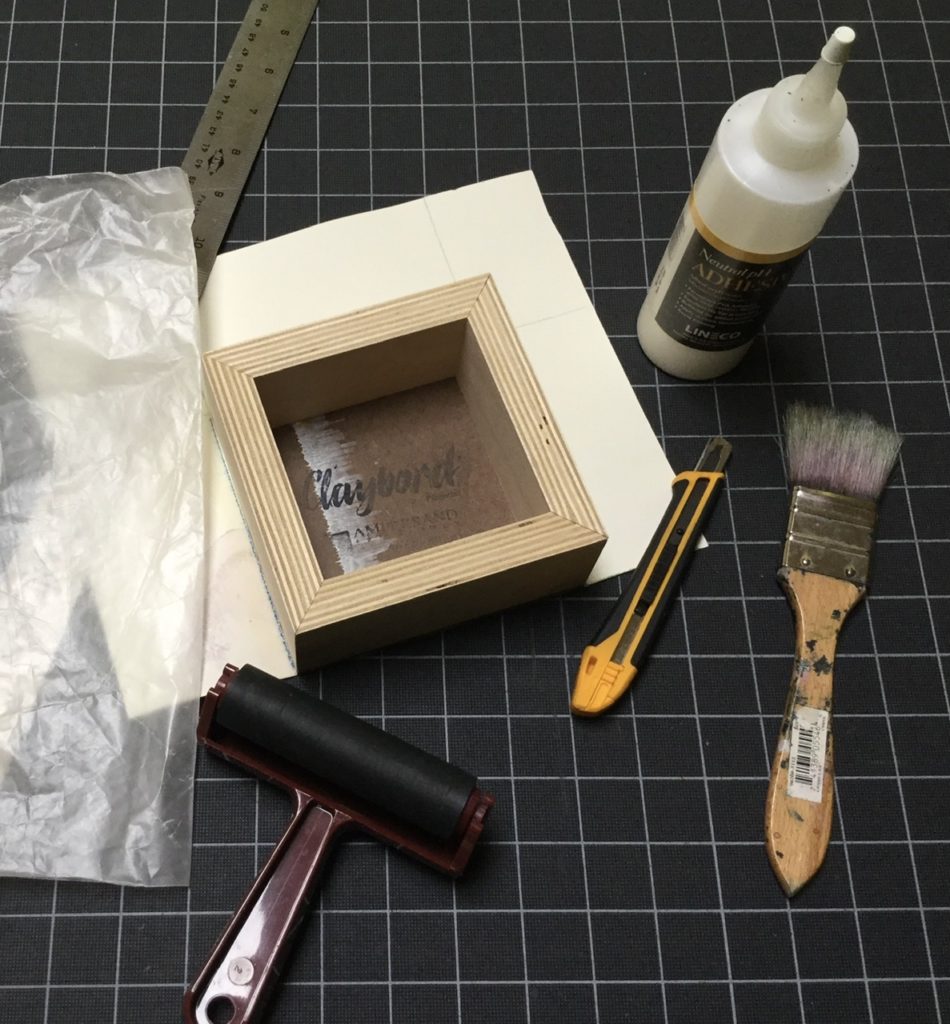
After finishing the painting, I placed it facedown on a piece of wax paper. Working quickly, I used a brush to apply PVA adhesive in a starburst pattern, then spread it evenly. Next I positioned a Claybord panel on top and ran the brayer over the back of the panel. To be sure there weren’t any air bubbles, I turned it over, put a clean piece of waxed paper on top of the painting, and ran the brayer over it, pressing firmly. After the adhesive dried, I used a craft knife to cut off the excess paper on each side:
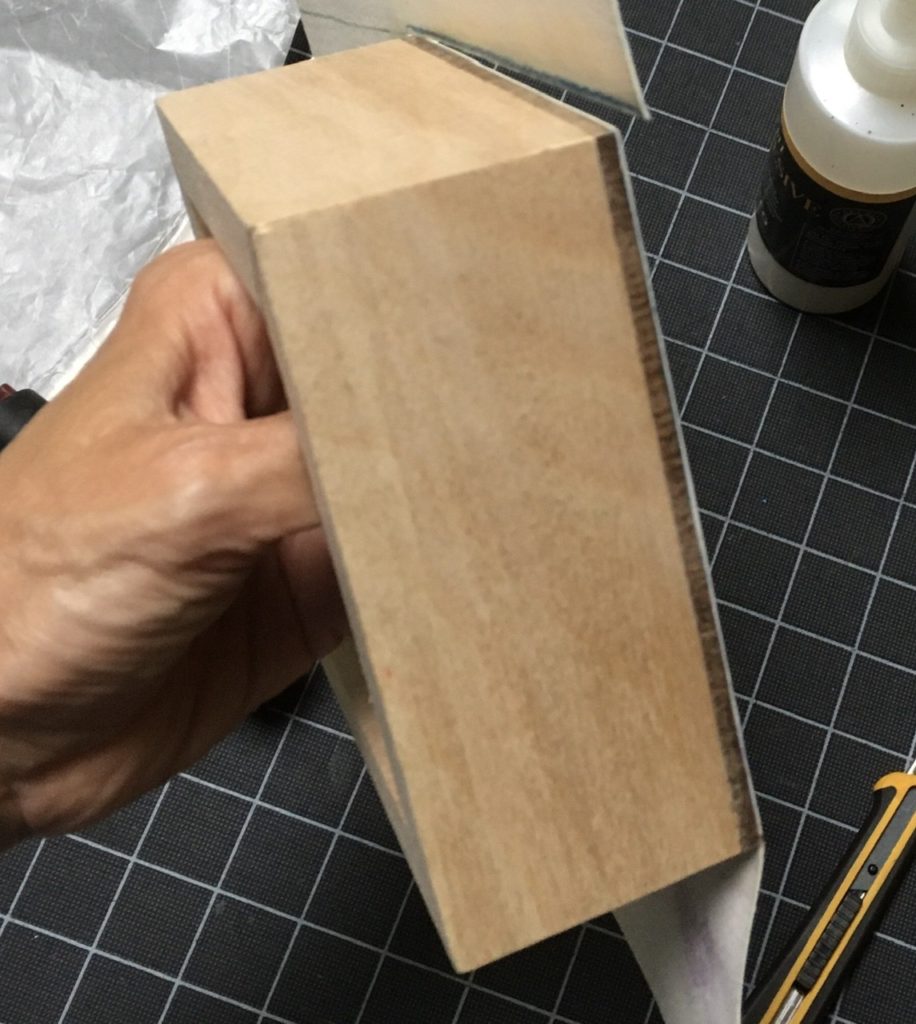
Next I painted the white cut edges with acrylic. To continue the painting on the sides and top, I repeated the process. I painted the bottom with a bluish black acrylic:
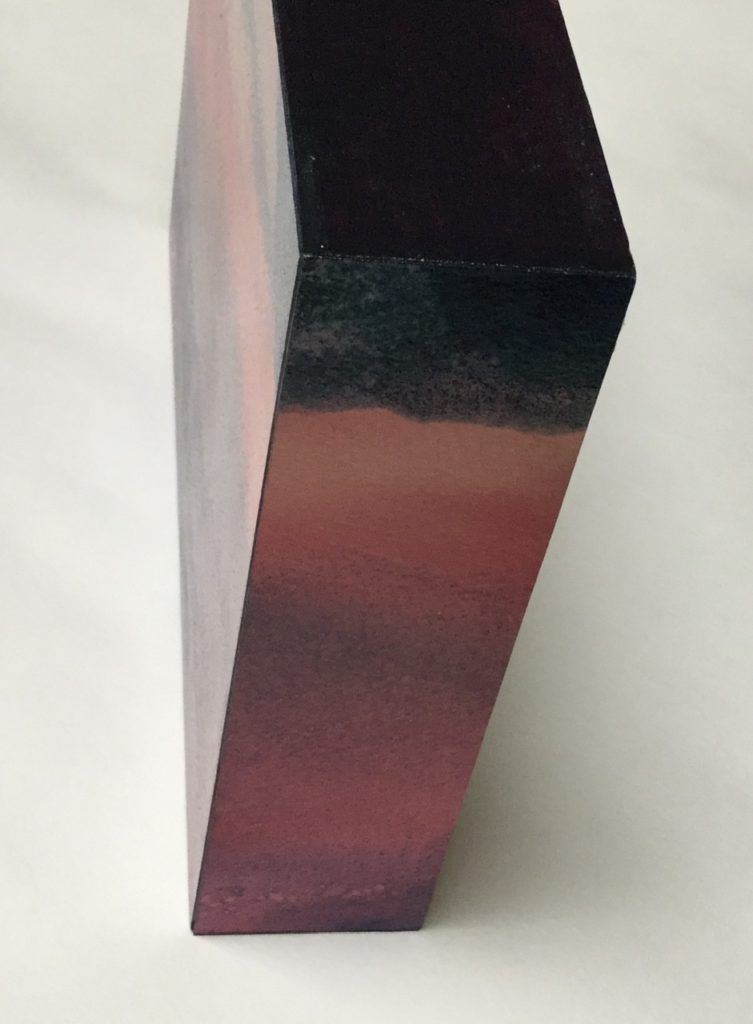
To varnish it, I started with 2 thin coats of a non-yellowing spray fixative. After that dried, I brushed on 3 thin coats of acrylic varnish.
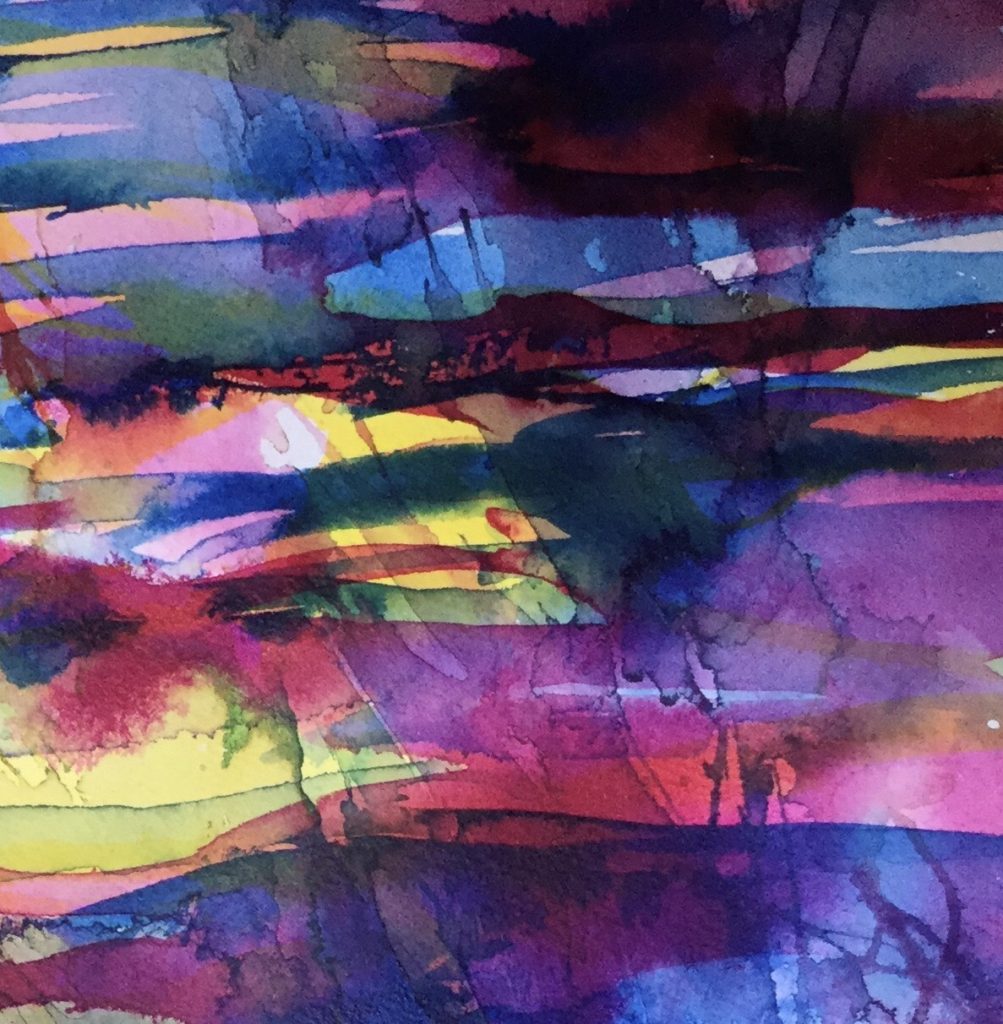
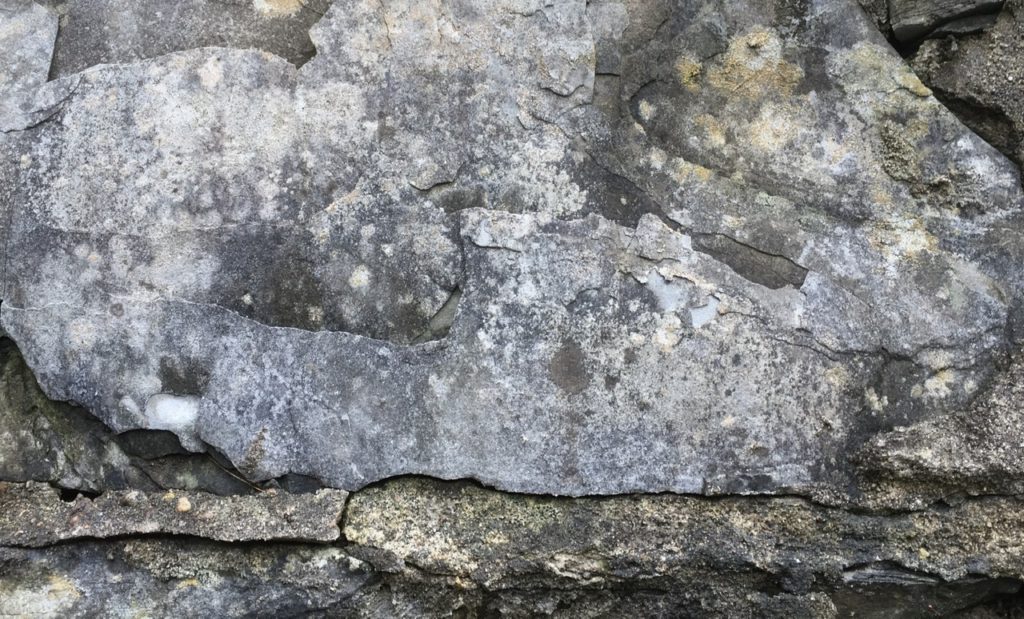
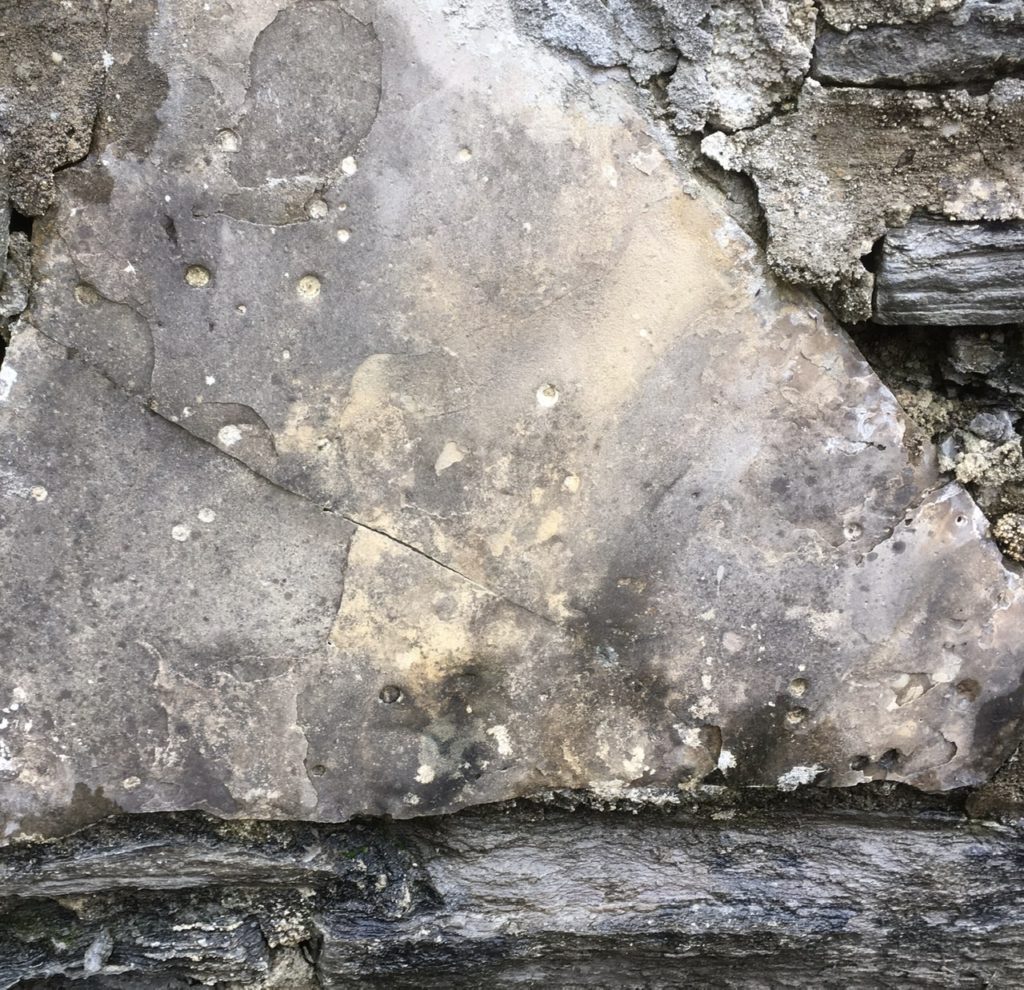

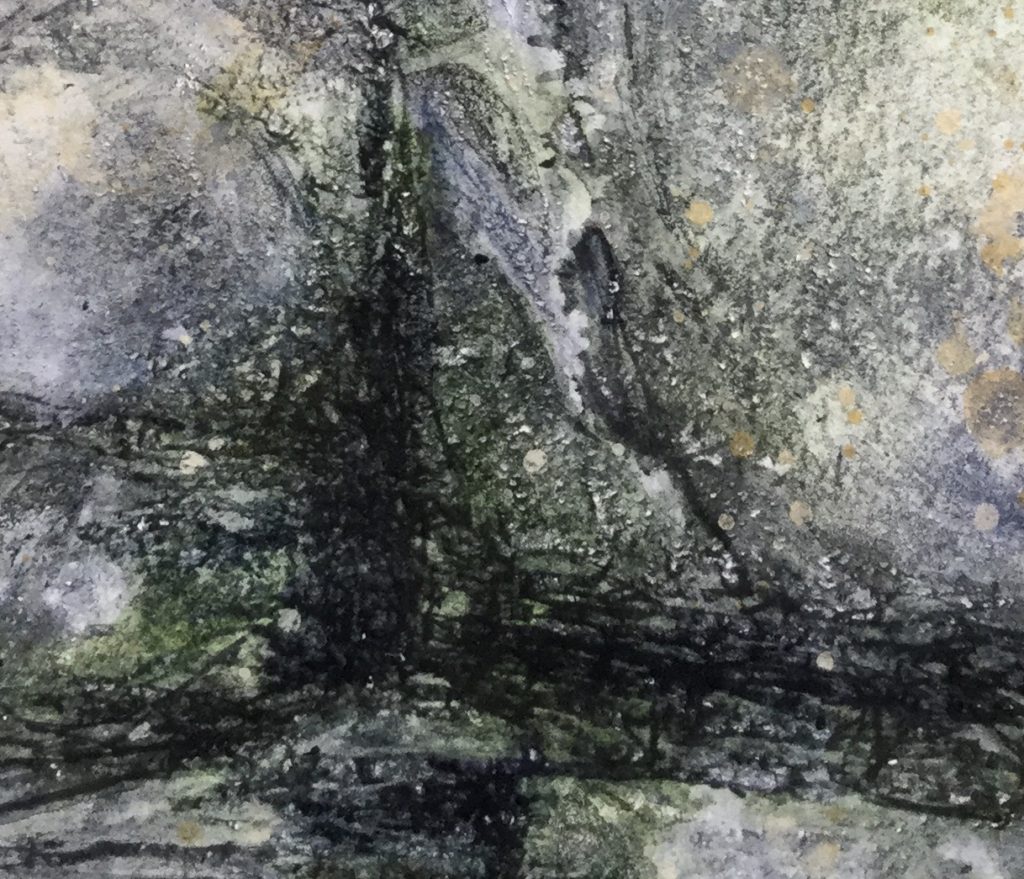
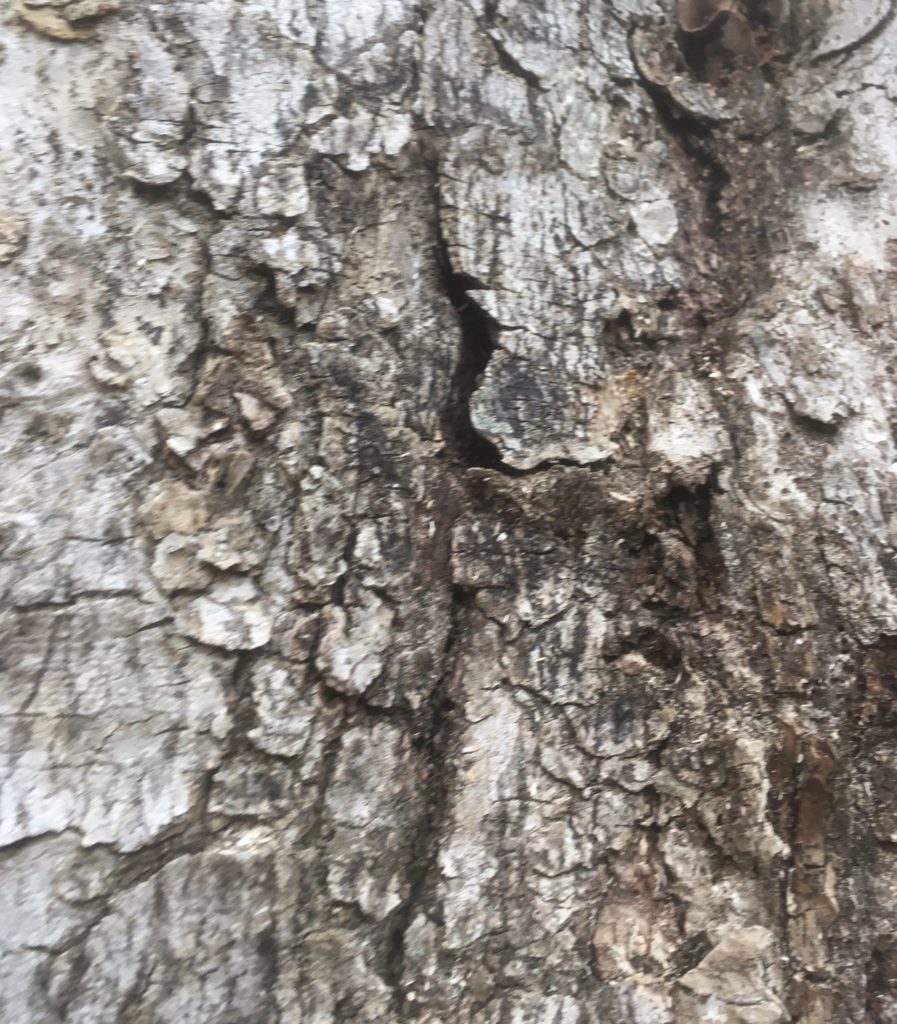
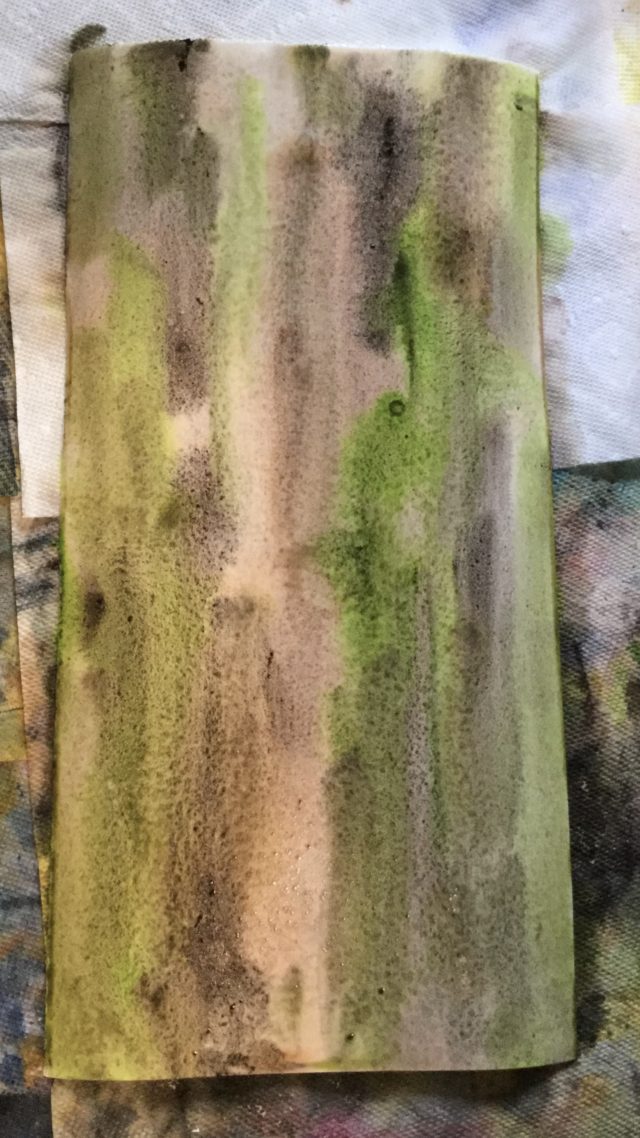
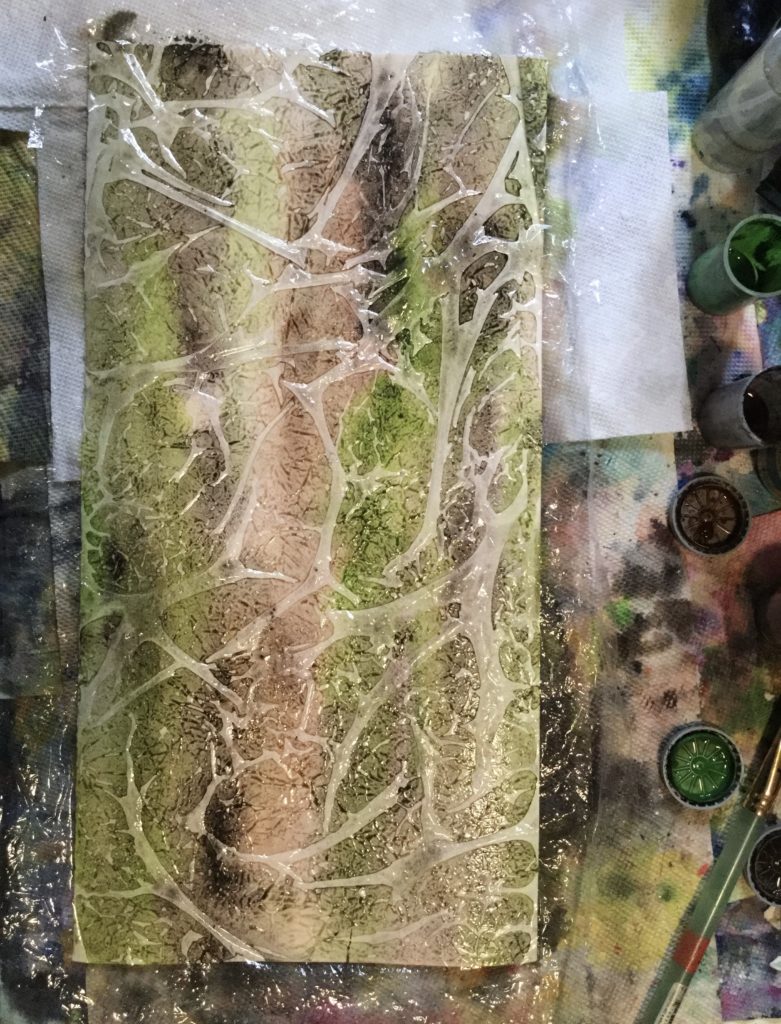
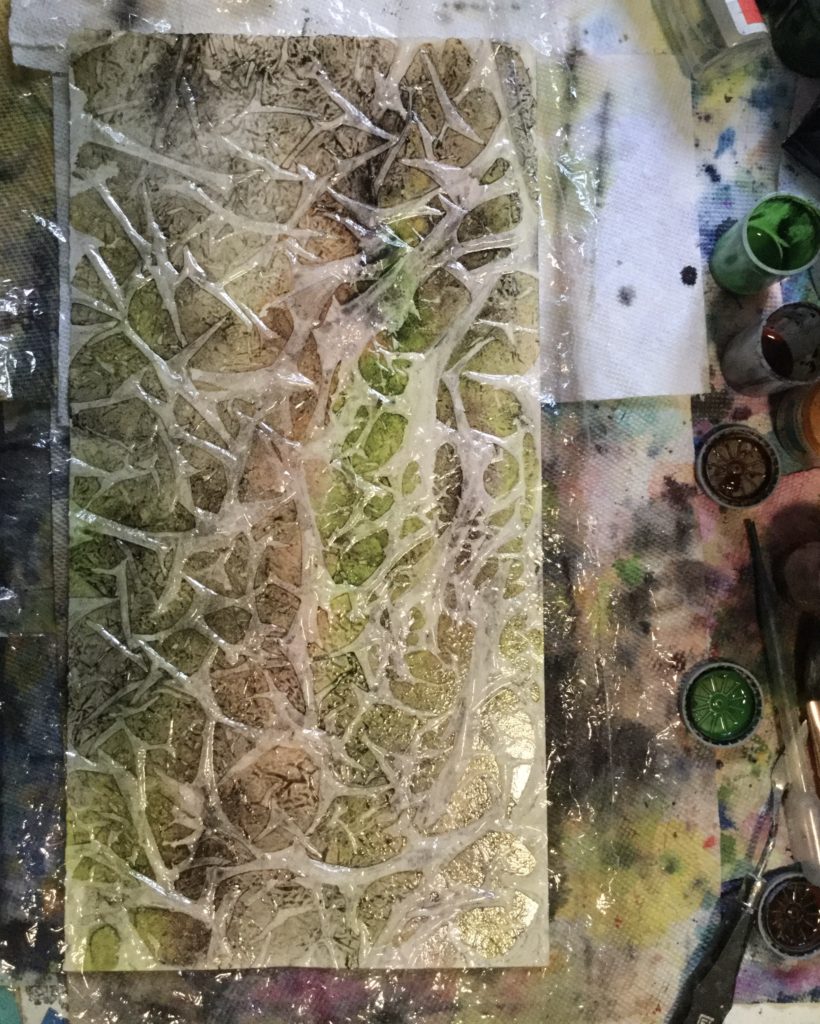
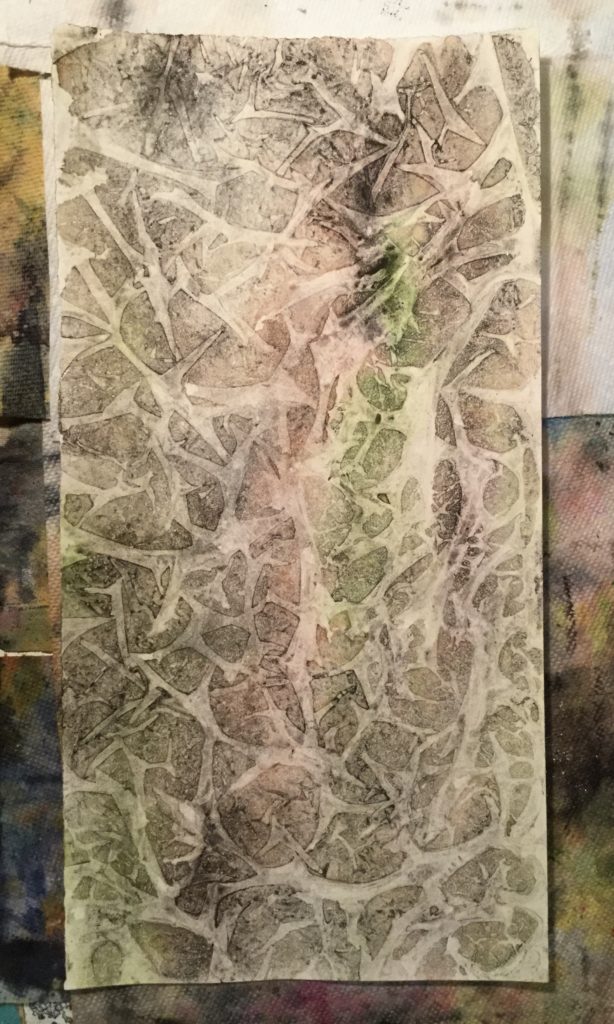
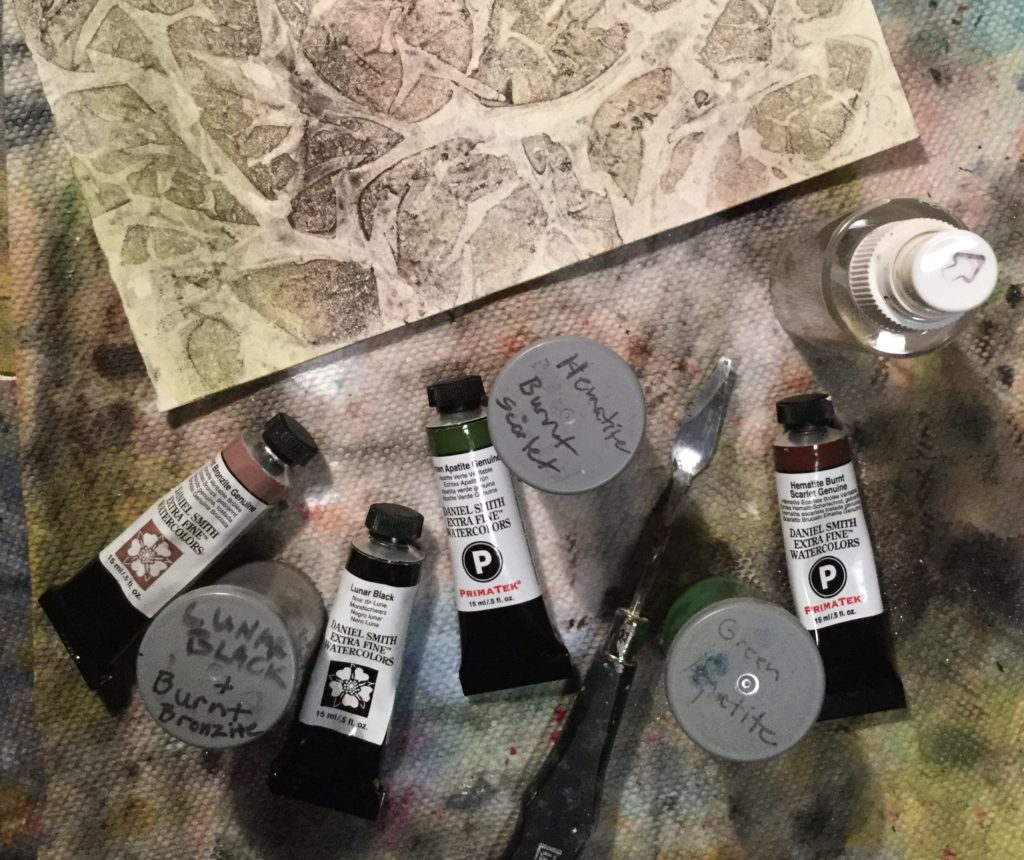
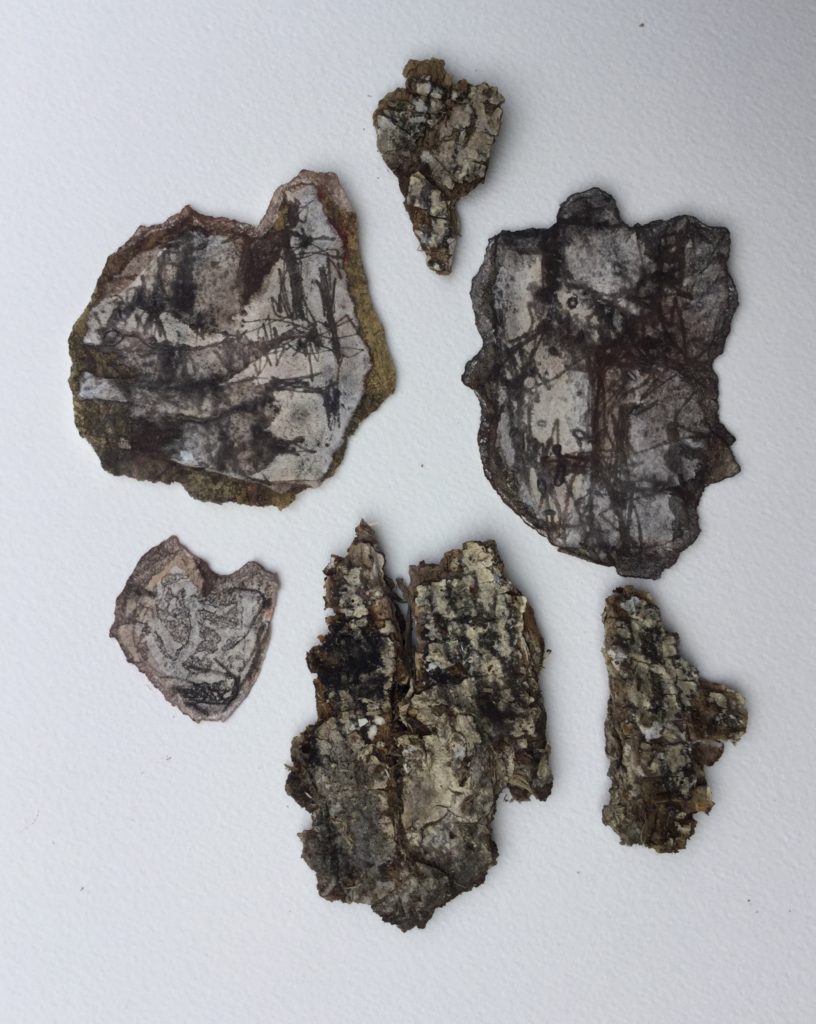
 Home
Home